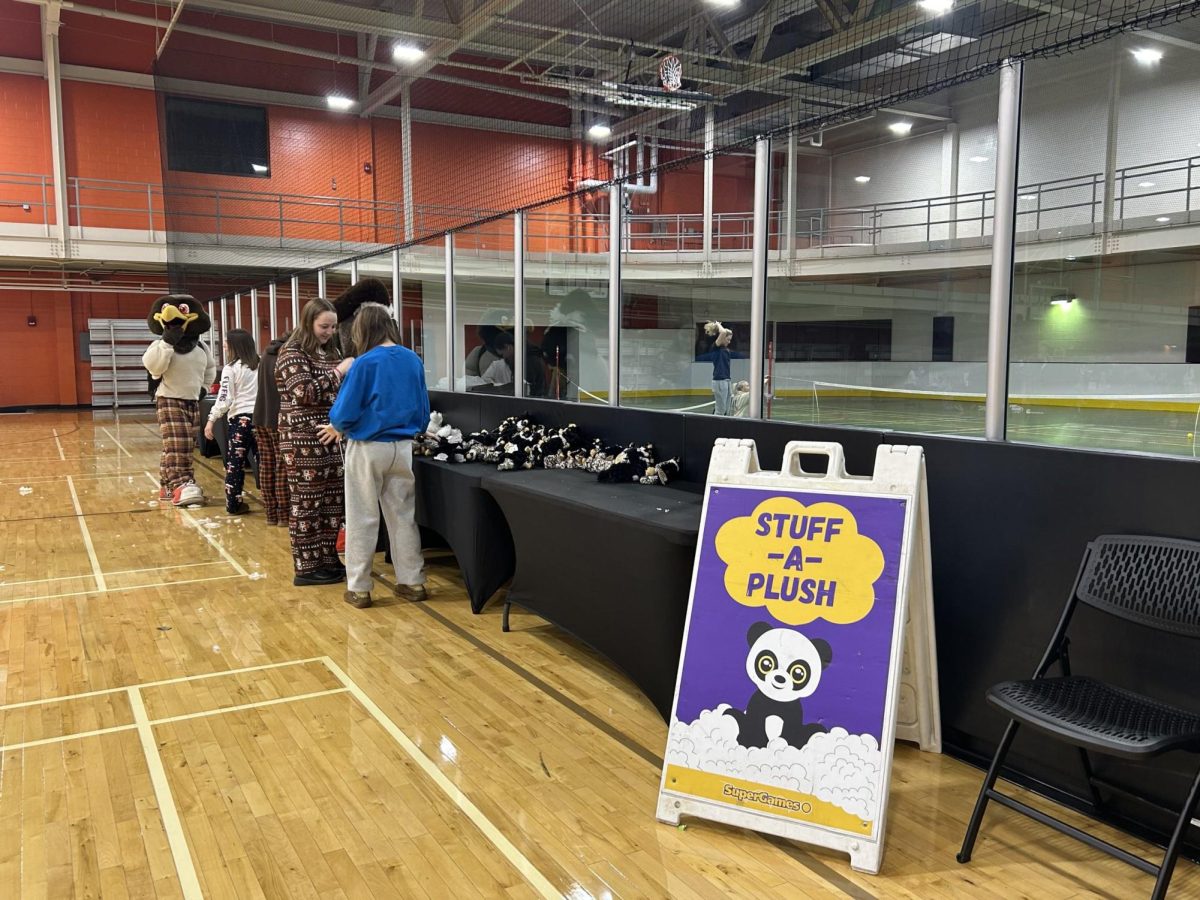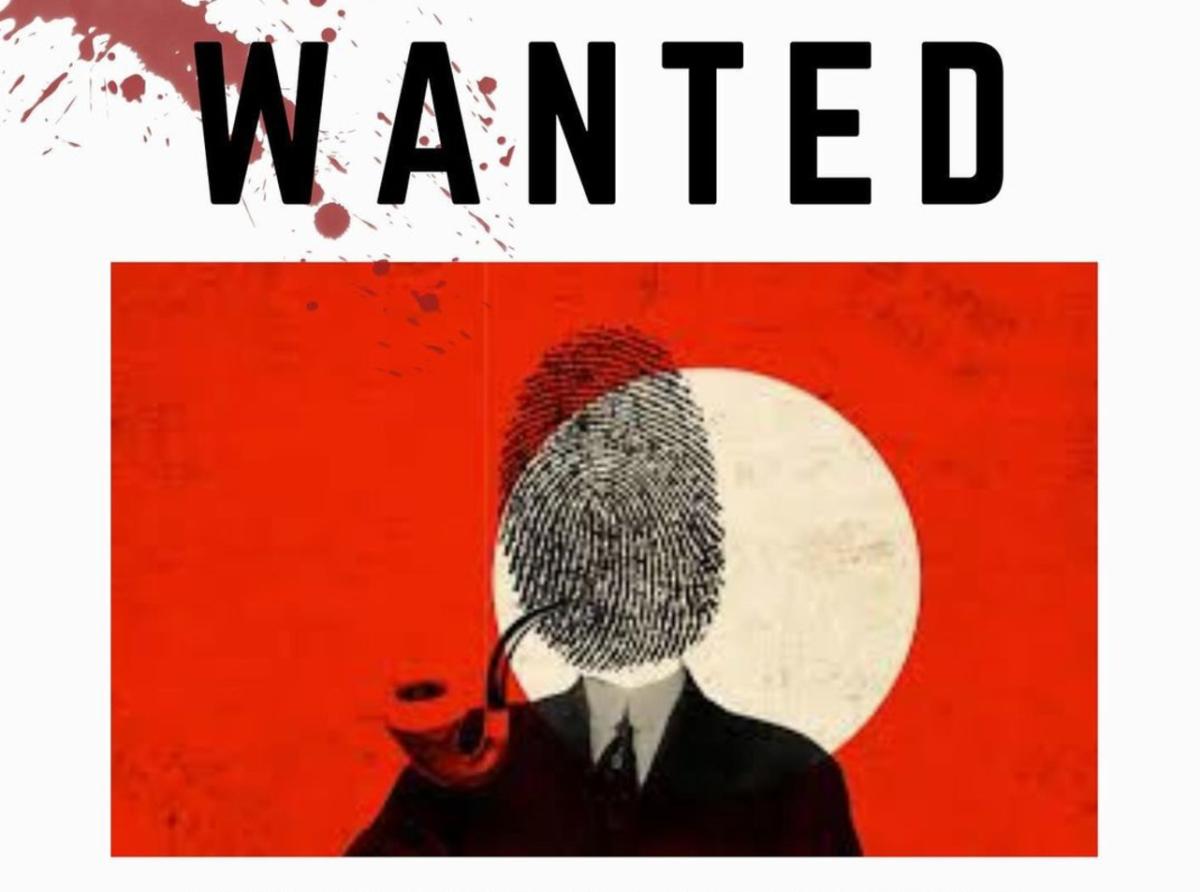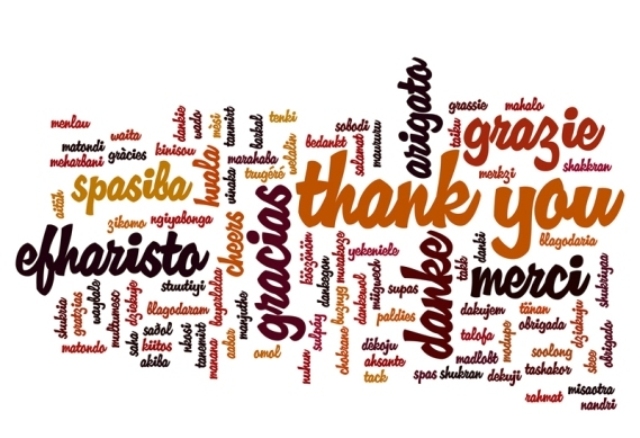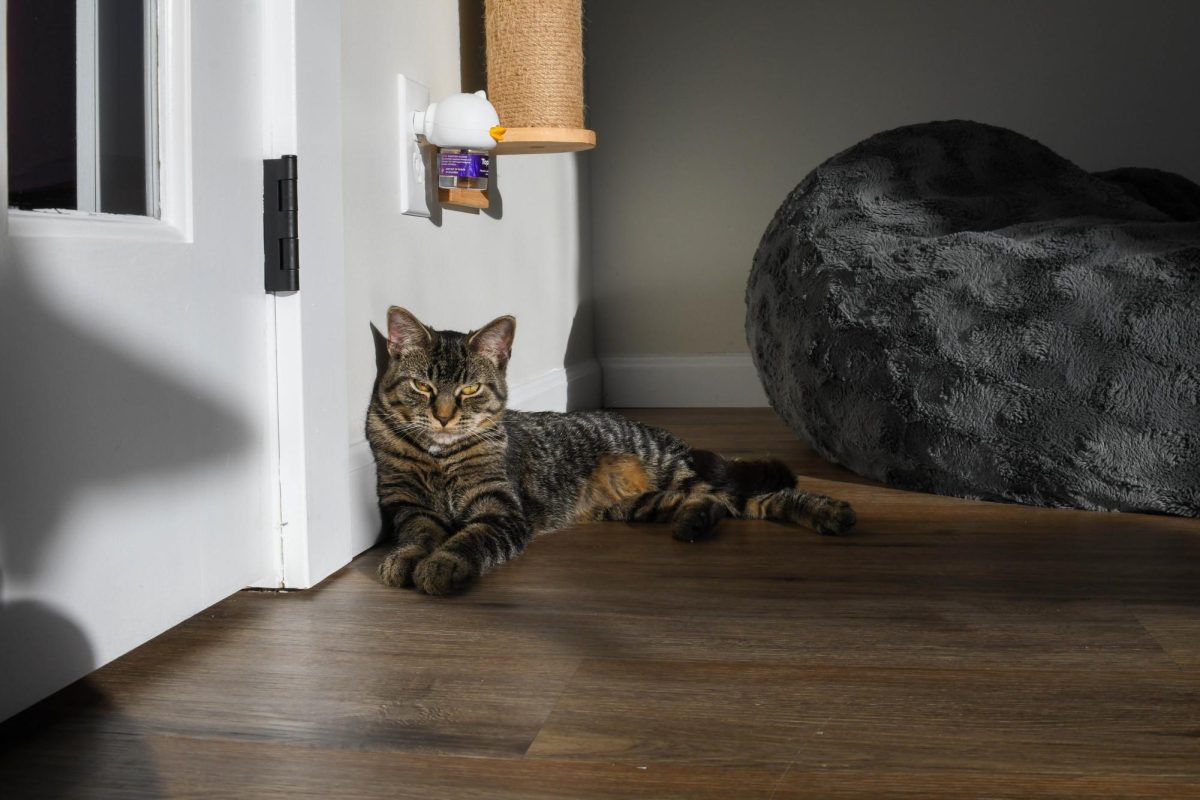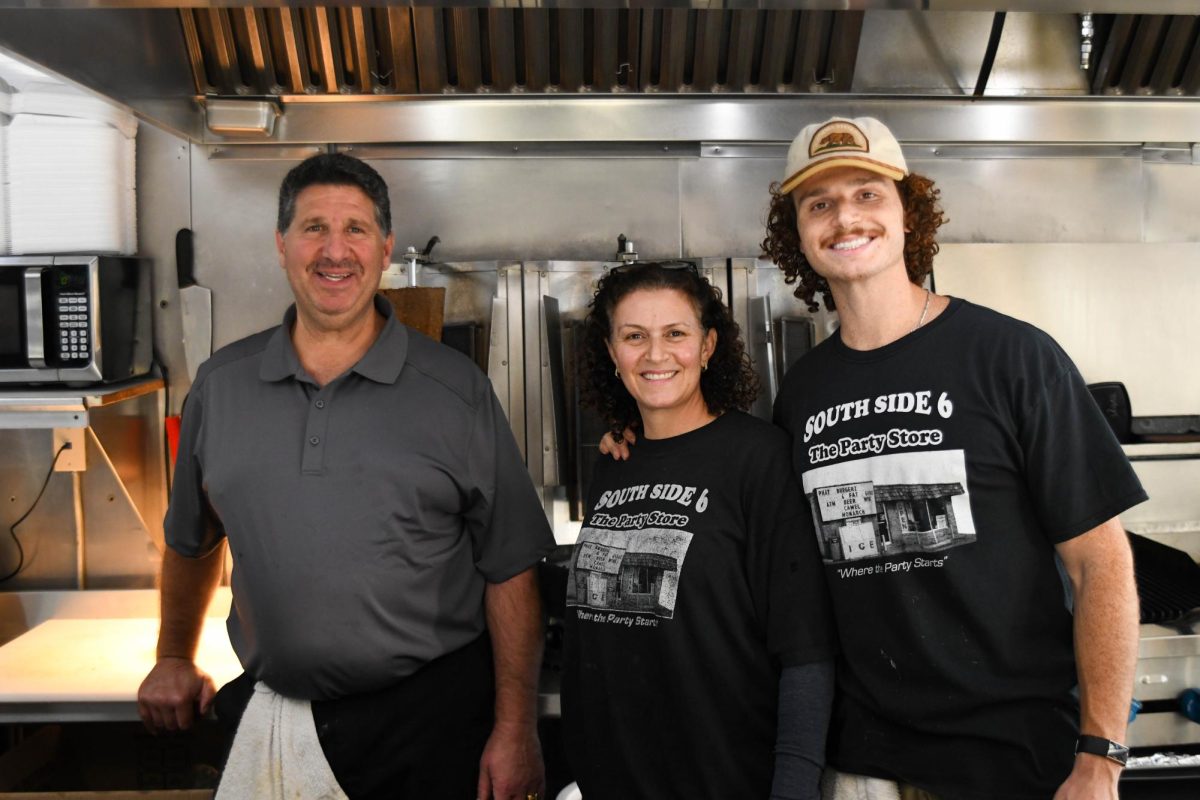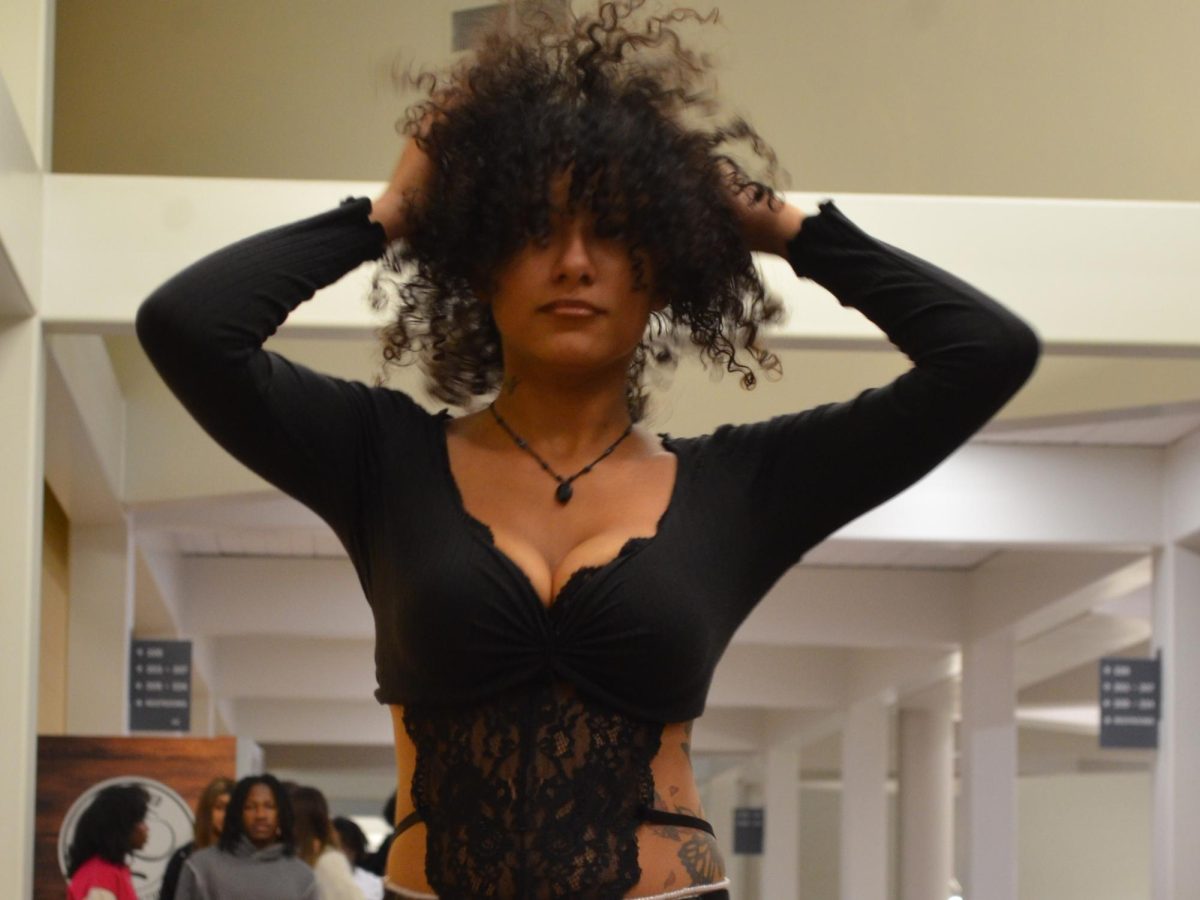The arts and culture industries contribute $2.4 billion to the economy of northwest Ohio annually, according to the results of a new study completed by researchers at the University’s Center for Regional Development.
The results of the 2-year study were announced last night at a ceremony at the Valentine Theater in downtown Toledo.
The study, which looked at 19 different creative industries including museums, historical sites, advertising agencies, publishers and audio visual media among others, found that these industries contributed 33,427 jobs to the 27 counties of Northwest Ohio, said Michael Carroll, the head of the Center for Regional Development, who led the study.
Putting that in layman’s terms, Carroll said the number of jobs created by artistic and creative industries is ten times the number produced by the Toledo Jeep plant.
The study found that local artistic industries contributed more than $150 million in federal tax revenue and nearly $97 million in state and local taxes.
Carroll and his researchers also found that Wood county contributes 2.3 to 5.5 percent of the money generated by the arts.
University President Sidney Ribeau was at the announcement last night where he called Carroll’s research innovative.
‘We very seldom look at the arts from the other angle-how it impacts the economy,’ Ribeau said.
Ribeau and other speakers at the event said that the study would be useful in persuading policy makers who don’t see the inherent social value of the arts.
Ohio First Lady Frances Strickland said government should foster the growth and development of the arts.
‘When you’re cutting off the arts you’re cutting off a way for people to communicate,’ she said.
Toledo Mayor Carleton Finkbeiner told the audience at the event that he wanted Toledo to try and bring creative industries to the city.
‘You’ve heard of the starving artist, but artists don’t have to starve in Toledo,’ Finkbeiner said.
Lucas County already contributes 33 percent to the total amount of money generated by the arts in northwest Ohio.
But even without the revenue created by the arts, Strickland said they are still worth protecting.
‘I don’t think we necessarily have to use the economy to make an excuse for why the arts are important,’ she said.


